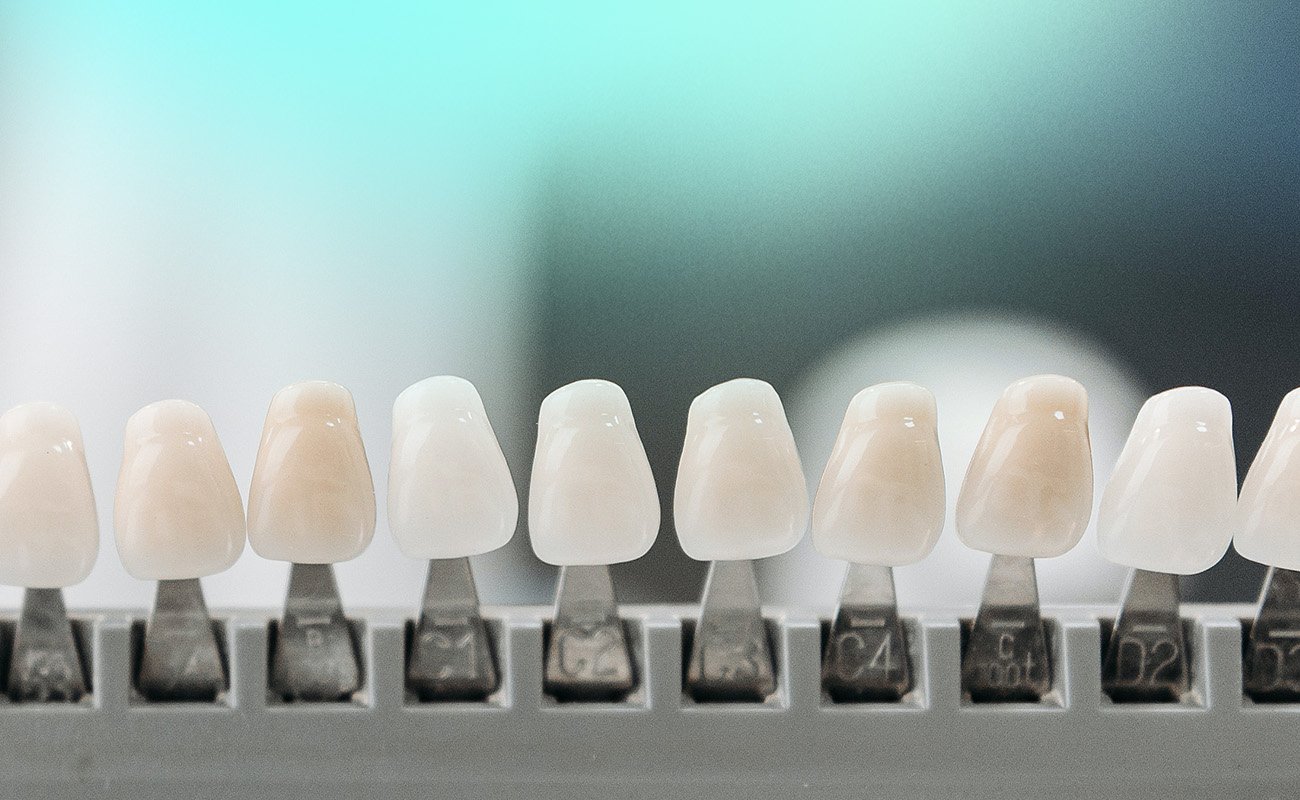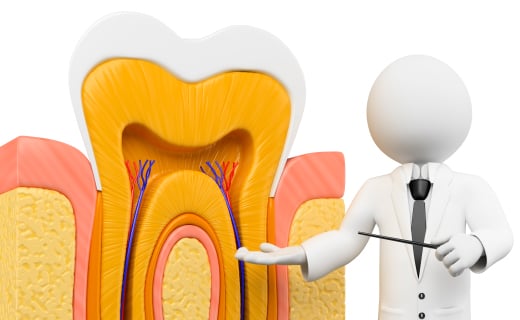Tooth Veneers Pros And Cons

When considering a smile makeover, one of the most popular and effective options available is tooth veneers. These thin, porcelain or composite shells are bonded to the front of the teeth to improve their appearance, hiding imperfections and enhancing the overall aesthetics of the smile. However, like any dental procedure, tooth veneers come with their pros and cons, which are essential to understand before making an informed decision.
Advantages of Tooth Veneers
Aesthetic Appeal: One of the most significant advantages of tooth veneers is their ability to dramatically improve the appearance of the teeth. They can mask discoloration, close gaps, and even align teeth that are slightly crooked, creating a uniform and radiant smile.
Durability: Porcelain veneers, in particular, are known for their durability. With proper care, they can last for many years, often up to 15 years or more, making them a long-term solution for aesthetic dental issues.
Stain Resistance: Unlike natural teeth, veneers are highly resistant to staining. This means that the vibrant color of the veneers will remain over time, ensuring that the smile continues to look its best.
Conservative: Modern veneer techniques are quite conservative, meaning they require minimal removal of tooth enamel. This preserves the natural structure of the tooth as much as possible.
Boosts Confidence: By transforming the appearance of the teeth, veneers can have a profound impact on a person’s self-confidence. A beautiful smile can make a significant difference in how individuals feel about themselves and interact with others.
Disadvantages of Tooth Veneers
Irreversibility: The process of preparing teeth for veneers is irreversible. Because some enamel is removed to fit the veneer, the process cannot be undone, and the tooth will always require some form of coverage.
Cost: One of the most significant drawbacks of tooth veneers is their cost. They are considered a cosmetic procedure, which means they are not typically covered by dental insurance. The expense can be prohibitive for many individuals.
Sensitivity: After veneers are applied, some people may experience increased sensitivity. This is usually temporary but can be a source of discomfort for a period.
Risk of Damage: While veneers are durable, they are not indestructible. They can chip or crack if subject to excessive force, such as biting on hard objects or using the teeth as tools.
Color Stability: Although veneers themselves are resistant to stains, the surrounding teeth are not. Over time, this can lead to a color mismatch between the veneers and the natural teeth, which may require additional cosmetic work.
Real-Life Applications and Examples
To better understand the potential of tooth veneers, let’s consider a few real-life scenarios:
- Closing Gaps: For individuals with noticeable gaps between their teeth, veneers can provide an instant solution, creating a more aligned and appealing smile.
- Repairing Chips: Veneers are an excellent option for repairing chipped teeth, restoring both the aesthetic appeal and the function of the tooth.
- Whitening Teeth: In cases of severe discoloration where whitening treatments are not effective, veneers offer a way to achieve a brighter, more even smile.
Technical Breakdown: How Veneers Are Made and Applied
The process of creating and applying veneers involves several steps:
- Consultation: The journey begins with a consultation with a dentist to discuss the desired outcome and determine if veneers are the right choice.
- Preparation: The teeth are prepared by removing a small amount of enamel from the front surface. Impressions are then taken.
- Fabrication: The veneers are crafted in a dental laboratory based on the impressions.
- Bonding: The veneers are bonded to the teeth using a special adhesive.
Decision Framework: Is This Procedure Right for You?
When deciding if tooth veneers are the right choice, consider the following factors:
- Aesthetic Goals: What do you hope to achieve with veneers? Are you looking to fix specific issues like gaps, stains, or misalignment?
- Budget: Can you afford the procedure? Consider both the initial cost and any potential future expenses for adjustments or repairs.
- Oral Health: Your overall oral health is crucial. Veneers are most successful when applied to healthy teeth and gums.
- Maintenance: Understand the maintenance requirements. While veneers are durable, proper care is necessary to ensure their longevity.
Pros and Cons at a Glance
| Advantages | Disadvantages |
|---|---|
| Aesthetic Appeal | Irreversibility |
| Durability | Cost |
| Stain Resistance | Sensitivity |
| Conservative | Risk of Damage |
| Boosts Confidence | Color Stability |

How long do tooth veneers last?
+Tooth veneers can last for 10 to 15 years or more, depending on the material used and how well they are cared for.
Are veneers suitable for everyone?
+No, veneers are not suitable for everyone. They are best for individuals with good oral health and who are looking to correct specific aesthetic issues.
Can veneers be used to fix severely damaged teeth?
+Veneers can be used to fix damaged teeth, but the extent of the damage is a crucial factor. For severely damaged teeth, other options like crowns might be more appropriate.
Do veneers feel like natural teeth?
+Yes, veneers are designed to feel like natural teeth. They are thin and do not alter the bite or the sensation of the teeth significantly.
Can veneers be whitened?
+No, veneers cannot be whitened. However, they are made to match the color of surrounding teeth at the time of application, and their color stability is one of their key benefits.
In conclusion, tooth veneers offer a versatile and effective solution for individuals seeking to enhance the appearance of their smile. By understanding both the advantages and disadvantages of veneers, as well as the process of their application, individuals can make an informed decision about whether veneers are the right choice for achieving their aesthetic goals. With proper care and maintenance, veneers can provide a long-lasting and beautiful smile, boosting confidence and self-esteem.


